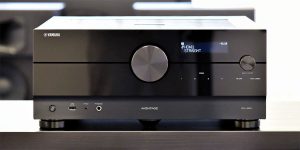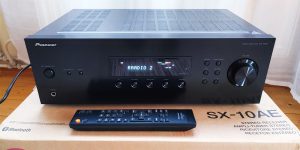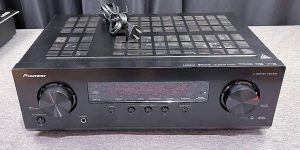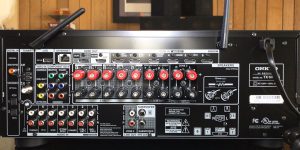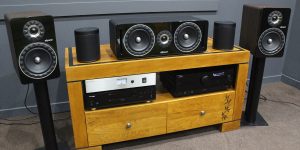Modern home theaters are a matter of your leisure time, first and foremost. You can spend evenings with the whole family watching high-quality movies, gathering parties, or enjoying a movie night alone. Still, in any case, manufacturers have brought AV receivers to a level that can completely replace a trip to the theater. The surround sound gives you the feeling of being present in the events on the screen.
So, do you need a receiver for surround sound? The simple answer is yes, an AV receiver is the optimal solution. However, there are alternatives that have advantages and disadvantages. Let’s discuss them.
Understanding surround sound systems
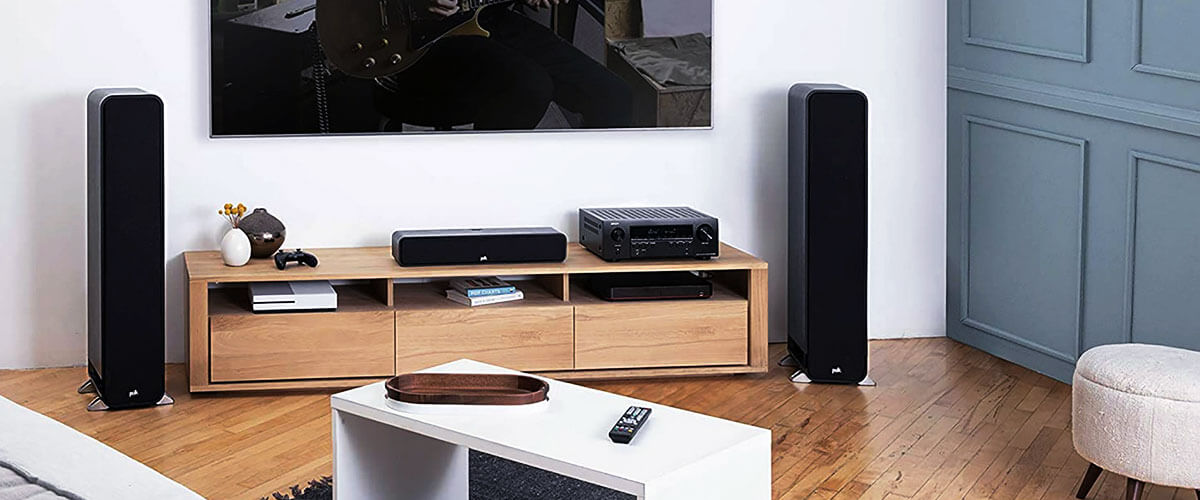
There is no mystery surrounding surround sound. As technology evolved and video resolution improved, so did the need to create a more realistic movie-viewing experience in general. Since sound, along with video, is one of the main components of this effect, somewhere in the 80s-90s of the last century, monsters like Dolby started adding channels to stereo systems.
At first, it was about “matrix” channels, where the sound came from several sources, creating the effect as if it were coming to the viewer from different directions. There were 4 speakers, and a subwoofer was added to transmit low-frequency signals so that the viewer could hear explosions, thunder rolls, and the like more vividly.
In modern multichannel systems, the sound is distributed on 5-15 channels, where each channel has its own set of information, and you get a multi-layered sound picture as if you are really in the center of events. The sound comes through with intensity and volume as if everything was happening in reality. The receiver decodes each soundtrack and sends it to the receiver (speaker, sub, or other) where you want it: dialog is heard from the central speaker, music from the front stereo, and backgrounds from the sides, rear speakers, or ceiling speakers, depending on where the viewer “needs” to hear them from.
The role of a receiver in surround sound
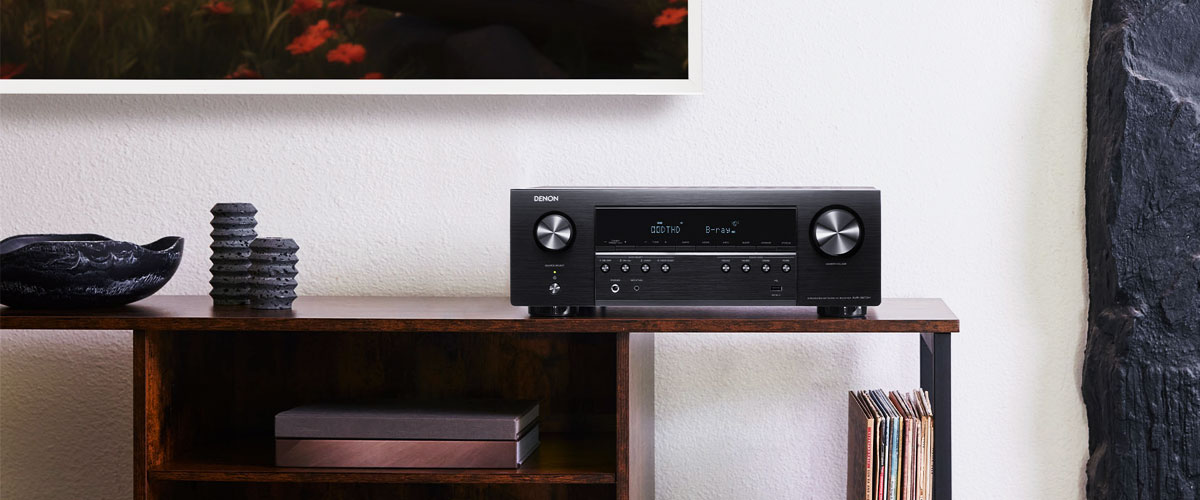
The AV receiver acts as the centerpiece of your home theater system. It is connected to all sources (Blu-ray player, TV, media player, game console, CD player, etc.) and receivers (TV, projector, speakers). Thus, once the system is assembled, you can choose the sources from which audio-video information will be fed to the screen (video) and speakers (audio).
Regardless of the receiver’s manufacturer, model, and year of manufacture, each can decode information and distribute it to the right places. But the more channels you have, the more spectacular the surround sound will be. Budget versions have 5-7 channels with the addition of a subwoofer, so you can often see the designation 5.1, 7.2, 9.4, and so on, where the first digit means the number of speakers (center, front, side, rear, and ceiling), and the second – the number of woofers that can be connected to the system.
More sophisticated systems involve the addition of ceiling speakers, which make the sound of a passing helicopter or explosions even more realistic and turn you into a participant, not just a bystander. They can process Dolby Atmos surround sound formats (128 soundtracks and ceiling speakers are required), DTS-X (256 soundtracks, less signal compression), Auro 3D (sound is delivered in layers), and others. The effect of watching movies with such sound is simply amazing. However, such receivers are more expensive and, at the same time, more qualitative and durable.
Alternatives to traditional receivers
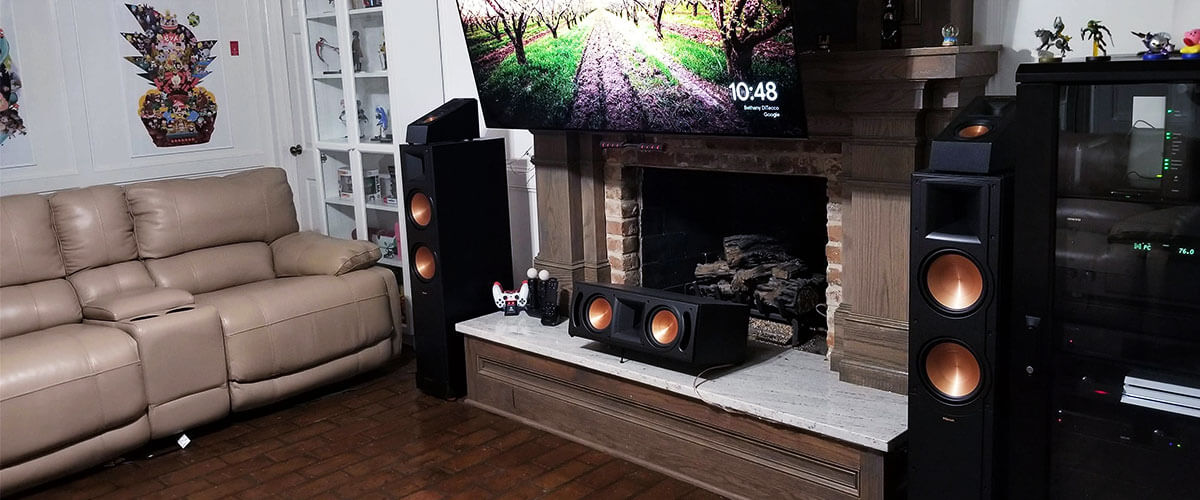
While traditional receivers offer versatility and performance, there are alternatives for achieving surround sound. These systems are usually space-saving because they are either wireless or simulate surround sound by virtually spreading it around the room. However, none of them can compare to a full system, where you select each component individually for sound quality. But you can significantly save your finances.
Such alternatives can be attributed to the following:
Soundbars. Some soundbars have virtual or real surround sound capabilities, utilizing advanced audio processing technology to create immersive sound without requiring multiple speakers. They cost less and sound pretty good in smaller rooms.
Integrated home theater systems. These all-in-one solutions combine a receiver, amplifier, and speakers in one cabinet, simplifying setup and reducing clutter. However, customization is severely limited and cannot be upgraded, only replaced completely.
There are also kits sold in one box (HTiB): speakers, sub, and AVR. These are cheaper than a traditional system, but usually, the quality is pretty poor. Still, you can sometimes replace individual components.
Factors to consider when choosing your setup
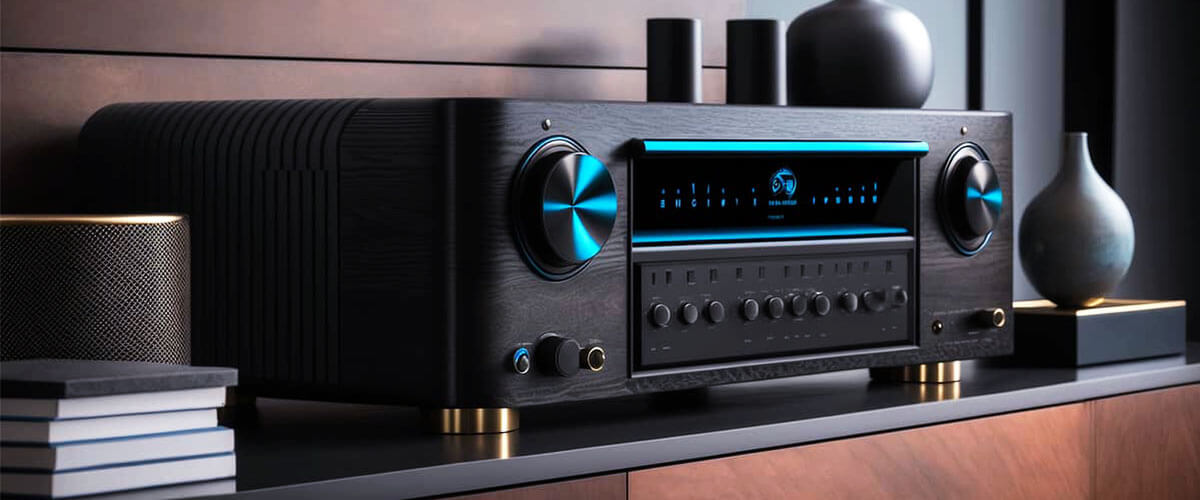
When you choose to build a home theater system with or without a receiver, my advice is to consider factors such as these:
| Factor | With Receiver | Without Receiver | Notes |
|---|---|---|---|
| Budget | Generally more expensive | Can be more budget-friendly | Receivers add to the cost but offer more flexibility and quality. Integrated systems may save money upfront. |
| Space | Requires more space | Less space-consuming | Consider the size of your room and the amount of equipment you’re willing to accommodate. |
| Audio Quality | Typically higher quality | Can vary; often lower than receivers | Receivers allow for detailed audio adjustments and support high-quality formats. |
| Future-proofing | Easier to upgrade individual components | May need to replace the entire system | With a receiver, you can upgrade speakers or add components over time. Integrated systems are less flexible. |
| Ease of Setup | Can be complex; more components involved | Simpler to set up | Consider your comfort with technology and whether you’ll set it up yourself or need professional installation. |
| Compatibility | High compatibility with various inputs and outputs | Limited by design | Receivers offer multiple inputs for TV, gaming consoles, and other devices. Integrated systems may have fewer options. |
Summarize
In summary, I suggest you first weigh what is better for your situation. The ideal system meets your needs and matches your preferences. Consider speaker placement, acoustics, and component connectivity. Choose not only the system’s capabilities but also consider your own.
For small rooms, you can take soundbars or small low-power systems (5-7 channels with 50-80W per channel). For larger rooms, it’s better to spend time and money building systems with more speakers, high power (above 100W), and support for Dolby Atmos and DTS:X surround sound formats so that the sound is properly distributed, reaching every corner and the experience is optimal.
We are supported by our audience. When you purchase through links on our site, we may earn an affiliate commission at no extra cost to you.
Our newsletter
* We will never send you spam or share your email with third parties

![Best Budget Receivers [Reviewed and Tested]](https://thetechholics.com/wp-content/uploads/2023/10/best-budget-av-receiver-300x150.jpg)
![Best 9-Channels AV Receivers [Reviewed and Tested]](https://thetechholics.com/wp-content/uploads/2023/10/best-9-2-receiver-300x150.jpg)

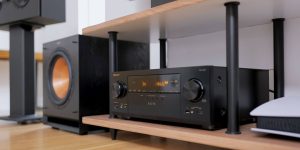
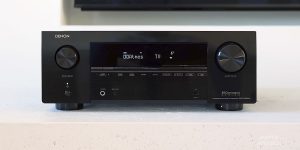
![Pioneer vs Denon Receivers [Top Models Compared and Tested]](https://thetechholics.com/wp-content/uploads/2023/10/denon-vs-pioneer-review-300x150.jpg)
